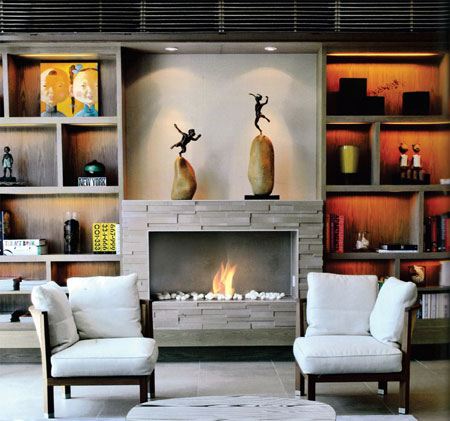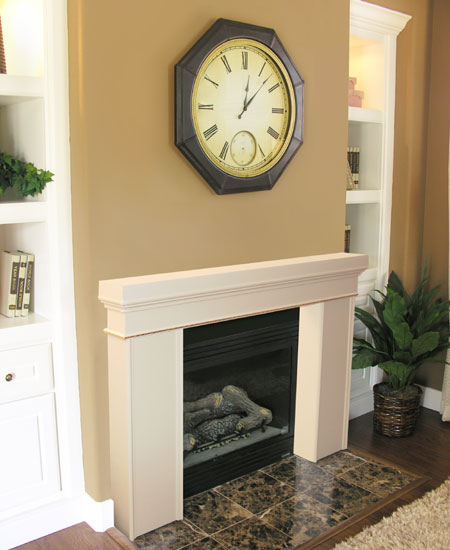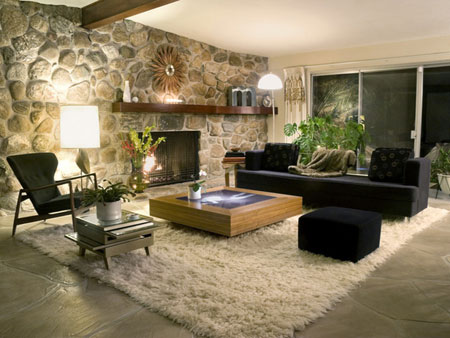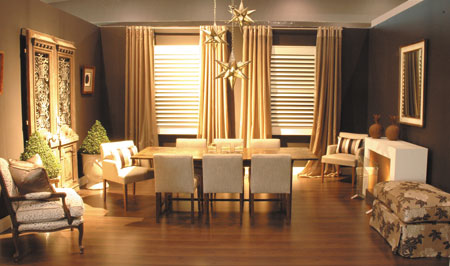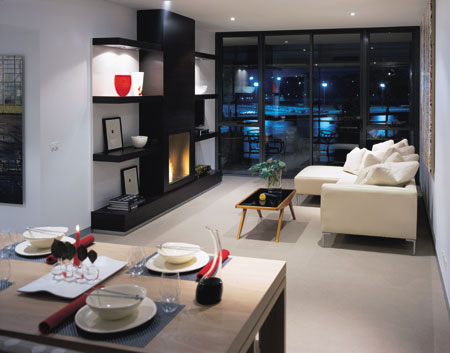Tips for installing a fireplace
With winter just around the corner – most homeowner’s minds are moving towards ways of keeping their homes warm during the colder months. The truth is that there is nothing more cosy or romantic than snuggling up in front of an open fire on a cold winter’s day.
It is no wonder then that fireplaces have become a key element in modern homes today – they can be used to generate heat, create an inviting ambience and set a romantic mood.
ecosmartfire.com
Installing a fireplace will not only bring you hours of warmth, but it will also create a wonderful ambience and add value to your home. When choosing a fireplace, there are a number of things that will need to be considered in order to choose the right one for your particular circumstances. Things to consider will include the style, the size and the location of the fireplace, as well as what fuel the fireplace will burn.
Style considerations
There are many different styles of fireplaces; however there are three central elements to any fireplace, namely the hearth, the firebox and the opening. The hearth can be level with the room’s floor, it can be raised or it can be located below the floor level.
Fireboxes comprise the area in which the fire sits and are designed to complement the various hearth styles – you can find raised, flush or dropped fireboxes. Finally, the fireplace opening, commonly referred to as the fireplace surround, is often where the mantle is located and is what defines the aesthetic finish of a fireplace.
The fireplace surround can be finished in any conceivable style – from ultra contemporary to traditional Art Nouveau styles. The surround can be constructed and finished from a number of different materials, including bricks, marble, natural stone, granite, timber and tiles.
Although it is possible to install a fireplace, plaster around, paint it and leave it without some kind of fire-resistant finish or mantle, this is not highly recommended as after some time, the plaster will start to chip, crack and peel due to the intense heat it absorbs, and if painted a light colour, the rising smoke will eventually leave dirty-looking grey marks up the wall.
Size and location
Obviously, the size of the room in which the fireplace will be installed, will dictate the size of the fireplace chosen – the larger the room, the larger the fireplace will need to be if it is to warm up the entire area. Before purchasing a fireplace, measure the room in which it is to appear and ask the manufacturer or retailer which size of fireplace he or she recommends for the area in question.
The majority of fireplaces get installed as a main focal feature in the lounge area, where family and guests can sit and enjoy the warmth and the mesmerising quality of the flames. However, double-sided fireplaces have also become relatively popular; often acting as a semi-divide between two adjoining living areas, such as the lounge and dining room for example.
These are great, as one fireplace can feed both areas with regards to the warm aesthetics and temperature of the fire. Of late, installing fireplaces in the bathroom and the bedroom have become a very popular and indulgent trend.
Free-standing fireplaces are ideal for those open-plan areas, as they do not necessarily need to be backed against a wall, but can be placed in the middle of a room and heat the entire space around it.
Fuel considerations
When it comes to fireplaces, there are three main fuels to choose from, including:
Wood-burning fireplaces: There is nothing that can really compete with the visual aesthetics and snap-crackle-and-pop acoustics of a real wood-burning fire. These fires also give off excellent heat, especially with the modern fuel-efficient fireplace designs; some of which boast a fuel efficiency of above 70% and use half the wood that an older, traditional fireplace would use.
On the downside however, these fireplaces require considerable effort – you need to buy your own wood, store it somewhere dry so that it can season, lug it into the house, physically build and light the fire and then worry about sparks and other fire safety issues. Also, you need to clean all the ash and coal from the fireplace once you are finished using it. All this effort means that owners of these fireplaces don’t use them as often as they could.
Gas fireplaces: These fireplaces are growing in popularity, and although they lack the reality of a real fire, they can put out a pretty convincing flame. However, probably the number one reason why they have become so popular, is the convenience factor that they offer – with a gas fireplace, all you need to do is to flick a switch to turn them on.
Top-end models even come with a remote control so that you don’t need to leave the comfort of your couch, bed or bath to enjoy the benefits of a roaring fire. Furthermore, there will be no ash to clean up or wood to replenish once you have finished with the fire, you merely turn it off and leave it until the next time you require its warmth and heat.
Denatured Ethanol: Using renewable energy and utilising state-of-the-art design and technology, there has been a dramatic re-invention of the old spirit stove, an example of which is the EcoSmart Fire. Using the “fuel of the future” - Denatured Ethanol - these fires are environmentally-friendly open fireplaces that are cheap to run and easy to use.
The renewable energy burns clean and is virtually maintenance free. Once the fuel is burnt, there is nothing to clean or clear. The fuel is housed in a stainless steel chamber called the EcoSmart Burner, where the heat can be regulated and the flame extinguished.
Because there is no need for a flue or fixed pipe connections, the EcoSmart Fire offers remarkable design and flexibility previously unavailable to the consumer. It also makes it very transportable, and suitable for apartment and city living.
Increasing efficiency
You can drastically reduce your heating costs if you make an effort in increasing the efficiency of your fireplace by installing the following features:
- Top sealing dampers replace the fireplace throat damper and are installed at the top of the chimney. It comprises a seal that acts like a storm door to keep the warm air inside and the cold air outside in winter, and vice versa in summer.
- A fireback comprises a cast iron plate that is located at the back of your fireplace. It protects the back wall from damage and improves the heat efficiency of the fireplace by absorbing the heat from the fire and radiating it back into the room.
- A fireplace heater pulls fresh air from the room, circulates it through a chamber that is heated by the fire, and then blows the heated air back into the room. These heaters are closed systems to ensure that no smoke from the fire will enter the room.
- Fireplace glass doors are excellent with regards to heat retention – they create a barrier between the living space and the chimney, thus reducing the area that needs to be heated. They also offer another level of safety by protecting children and pets from the fire, as well as safeguarding your home from any sparks or falling embers.

